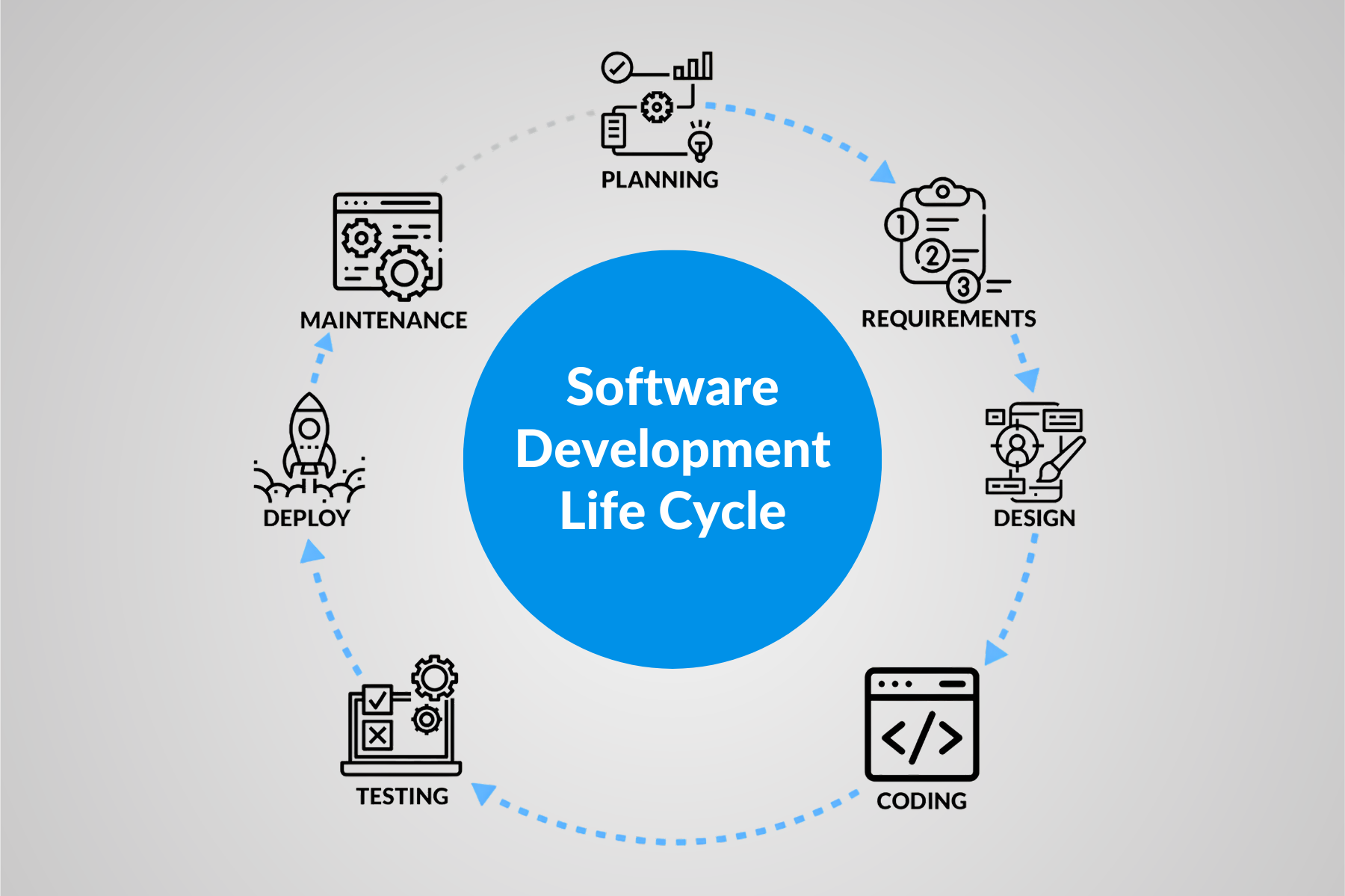The Guaranteed 7 Tips to Improve Your DevOps Testing Strategy

DevOps isn’t some passing software testing trend, rather, DevOps has reached “Escape Velocity”. According to Forrester, 2018 will be the year of enterprise DevOps, while 50% adoption of DevOps adoption assures their statement. However, the DevOps transition is somehow disturbing testers.
DevOps is all about retaining teamwork and signifies an important working shift that decides when and how often a testing practice should be implemented by developers in a more automated manner. This revolutionary change might be challenging for some testers, however, their contribution is vital towards DevOps adoption.
Here are the guaranteed 7 tips to improve your DevOps Testing Strategy:
1. Take the ownership of Quality!
Generally, testers concentrate on making a product competitive enough that it fits with the customer expectations; technically, receiving the code, testing, reporting, and then pushing the verified code to the developers. While in DevOps, testers take the ownership of quality all across the software development lifecycle and not only the testing phase — with continuous integration, continuous delivery, and firm goal to achieve the product’s efficiency and stability.
2. Never Forget the Soft Skills that Matter
As a tester, you might think you are only confined to do testing and detecting issues in the source codes. But DevOps forces you to think out of the box and focus on some soft skills that matter. And this, too, is another challenge for the testers as it pushes them from their routine and urges them to learn new skills.
DevOps requires involvement and collaboration of every team member, whether developer or tester, in a particular test project. This collaboration can’t be achieved without learning to communicate properly.
By all accounts, a tester must be able to communicate their test strategies in any SDLC session and strum. It reflects their soft skills and trajectory towards the forefront test project.
3. Learn some Intermediate Coding Skills
Together with soft skills, testers should also invest in some basic coding skills in order to hold their immense role in assuring the product quality throughout the software development lifecycle. Apart from the siloed testing phase, DevOps motivates testers to take full authority of the product’s quality throughout the development process to deliver a time to value product. The massive role of a quality assurance professional makes testers the watchdogs that oversee the product performance in different testing environments.
Hence, it is important for testers to be able to validate build logs, certify automated test runs and study the software from the eye of a developer. Thereby, to fulfill and deliver faster test releases, testers must invest in the basic coding skills.
4. Report The Strategic QA Impact Instead of Test Results
Usually, testers report test results through measurements like passed vs. failed, approved vs. disapproved bug discovery rate, and business requirements achieved. With these test results, testing teams measure their efficiency and the overall productivity, but broadly, they don’t communicate the strategic QA value to the business and the stakeholders. While in DevOps, reporting the QA strategies puts everyone responsible for the product quality to see how testing progresses.
For example, the team’s involvement in running more efficient automated tests, how testing practices improve with smooth test release, etc.
5. Leverage Test Optimization, Not Just Test Automation
Test automation is undoubtedly vital in a speedy DevOps environment, but again, it urges to think of a bigger picture since alone test automation can’t handle all the manual testing hindrances. For that reason, you should shift your focus from reaching the highest level of test automation to optimizing the overall testing strategy.
On the other side, leveraging test optimization helps in increasing the process proficiency by defining the right blend of integration, unit, and functional, automation, along with manual and exploratory testing. To find out the right match, testers must recognize the risks and spend the time to analyze the test plans.
6. Shift Left for Enhanced Automation
In the continuous delivery-run DevOps domain, you can’t just ignore an issue and wait for it to grow worse, because it will only end up as a release bottleneck. In such situations, pen testing can assure successful completion of automation test runs before they get pushed into the production phase. The ultimate way to increase test automation is to accurately combine Test Driven Development (TDD) and Behavior Driven Development (BDD) together in order to guarantee proper testing, collaborative teamwork, and better product efficiency.
7. DevOps Doesn’t Mean Putting Testing in The Backseat!
Finding a bug in production cycle is perhaps the most agitating and costly part of the whole process. Thanks to the pre-production stages of the software development lifecycle where testers can stop most of the bugs before they jump into the production phase. However, it is necessary to test in the production phase because test releases keep coming from the DevOps environment and they just can’t be inhibited nor ignored.
Consequently, testers must not only constrict themselves to test in the early stages of the SDLC instead they should also prepare and plan to test in the production cycle as well.
These 7 tips can unarguably influence your whole DevOps testing strategy, hence, stop worrying about your position in a DevOps environment. because you (tester) keep the most imperative role throughout the crucial SDLC processes.











